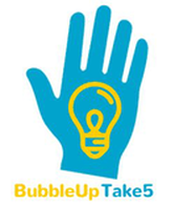 2019 marks the 400th anniversary of the first slave ship's arrival on America's shores in Jamestown, Virginia. In my view, the commemoration of this tragic event presents teachers with a unique and timely opportunity to reevaluate and improve our teaching of slavery to students with a renewed commitment to truth, equity, empowerment, and understanding. For teachers who like me, are tasked with teaching this "hard" history, I am offering up some of resources. A few are designed for the classroom, others are simply resources for us as individuals to deepen our understanding of the nation's past and in doing so, in my view, shed light on our present and our future. So Take5.
0 Comments
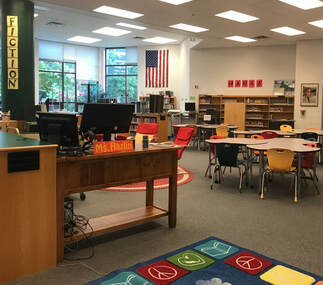 I am a big proponent of change in the library -- I think it's important to rearrange, freshen things up with paint, move shelves and books, add new programs and ideas, all with the best interests of your library community at heart, of course. I personally need this kind of change in order to keep my practice fresh and focused, especially as I've just wrapped up my 13th year in the same school. This past year, one change I made was moving the location of my desk. And it made all the difference. 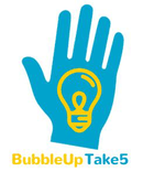 This week’s Take5 is all about standards based grading. I believe in it (I think) but my school hasn't adopted these practices. Instead, our school's policy is based on the curriculum teams' preferences. Changing our team's particular grading policy would require a reckoning and revamp that we haven’t tackled...yet. I admire my math colleagues who adopted standards based grading at my school years ago not because they were told to but because they thought it was the right thing to do for kids. To add another layer to my thinking, when as a parent I hear friends of school-aged children talk about standards based grading, I get impression that they don’t like it or they don’t fully understand it or they don’t fully understand it AND don’t like it. So why today's post? I think standards based grading is the future as educators continue to focus on bringing equity to our classrooms. To that end, I to want to learn more and hope that through my own learning I can move closer to these grading practices and maybe become brave enough to advocate for it in my collaborative team. Bonus: the more I learn, the more I will be able to explain it to my friends when it comes up in my mom world. So Take5 and dive into standards based grading with me. Together, we might just broaden our understanding. 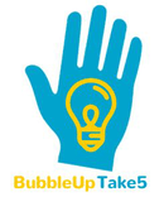 At a meeting this week of our school's Instructional Leadership Team, there was a brief discussion of equity. I walked away with a desire to explore a variety of questions. What is equity (it means different things to different people in different places)? What does it mean -- and what should it mean -- to me as a teacher? How can we achieve it through teaching practices in schools? I took this deep dive into the topic to broaden my thinking. So take 5, and learn a little more about equity with me. Equity isn't a destination; it's something you have to wake up and work toward for your students each and every day. That means continuing to learn and grow about this topic that it is at the bedrock of all we do. 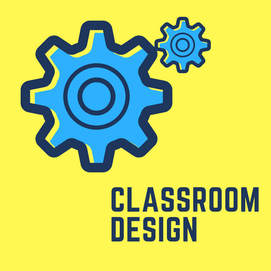 Walking around schools, I still see rows and rows of desks. What? It's not every classroom, but it shows that some of us are still teaching in the 21st century using 20th century design. So if you are one of those row people (I used to be one too), this post is for you. Some of us are willing to jump in and change everything all at once. But perhaps you want to redesign your classroom in more manageable chunks; dip your toe in the water with one or two changes. Whatever changes you hope to implement, I highly recommend thinking them through before students set foot in the door. Classroom design should support learning; it needs to be planned and implemented before the school year begins so that your focus can then shift to building relationships with students, teaching content, creating your classroom community, and fine-tuning your classroom design. Here is checklist of sorts for establishing a more flexible space. You can do all of them, one, or a combination of a few. So bust up the rows and make the 2018-2019 a year of positive change for you and your students.  Cell phones. I want them out of middle school classrooms (and elementary school classrooms if by some chance they've made their way into the world of K-6 students). And no, I haven't always wanted them out. This is tech-loving me, doing a 180 degree reversal of where I stood a mere months ago. I once believed that phones were instructional tools that if managed correctly could enhance learning. But the research plus my experience this year has dramatically altered my thinking. Because I care about kids, about teaching and learning, about school communities, and equity, I want these cell phones gone - put in lockers from the moment the first school bell rings until the end of the day. So why the sudden change in my thinking? |
Who We Are
Join our list!Archives
September 2020
Categories
All
|






 RSS Feed
RSS Feed